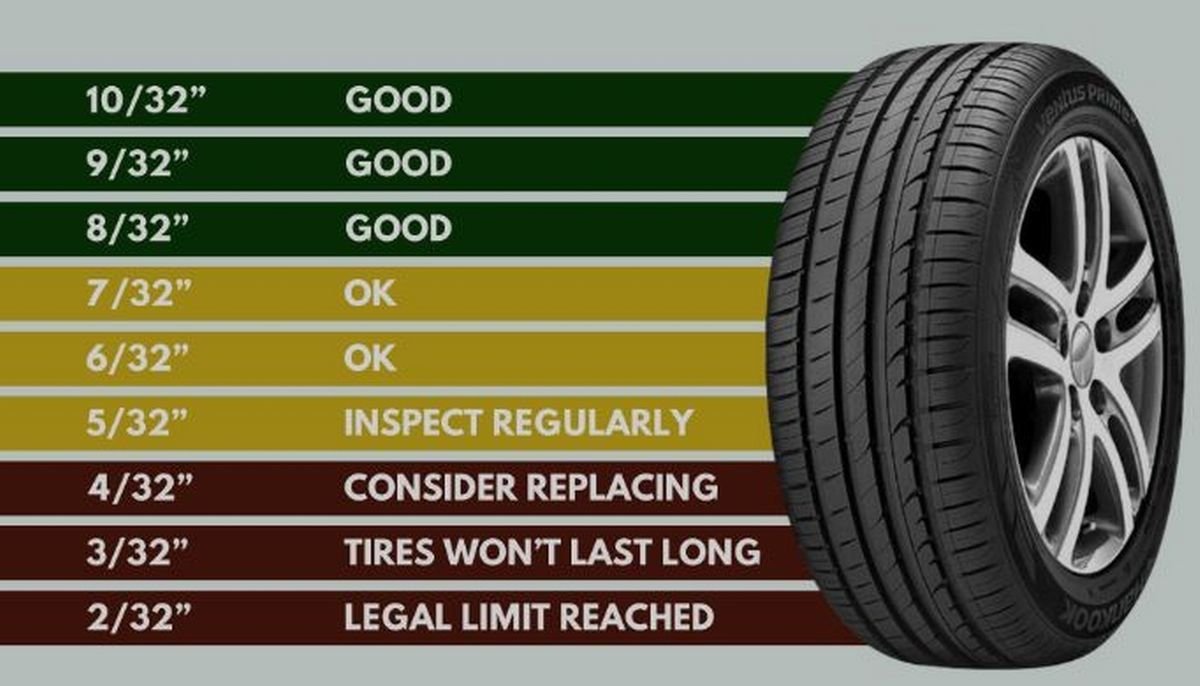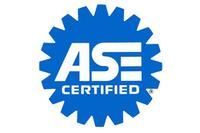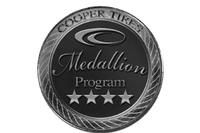RECOMMENDED TIRE TREAD DEPTH FOR UPCOMING WINTER WEATHER
According to Consumer Reports’ testing, a tire’s tread depth is essential to disperse rainwater, slush, and snow. As tires wear, this ability to hold the road confidently diminishes.
In Consumer Reports tire tests, they started to see a decline in the performance of tires with half their tread depth still left—well before most drivers would consider replacement.
A tire with a half-tread depth usually has 5/32 to 6/32 of an inch remaining. Tires are worn-out when they reach 2/32 of an inch, but you don’t need to go that low to see a substantial decline in performance on slick (wet, snowy, or icy) surfaces.
On average with the half-tread tires, there was:
- A 14 percent decline in snow traction (based on the measured distance that it takes a vehicle to get up to speed).
- An 8 percent loss in hydroplaning resistance (based on the observed speed at which hydroplaning first occurred driving through standing water at our test track in Connecticut).
- A 7 percent loss in wet braking (based on the stopping distance from 60 mph on a wet surface, measured at our test track).
- A small loss in braking ability on ice (based on the stopping distance from 10 mph on the surface of a Connecticut ice rink).
This had the largest impact on snow traction, where acceleration fell about 14 percent, and on wet stopping distances, which increased by about 7 percent, compared with new versions of the same tires with full tread depth. All of the tires tested worked well in dry and temperate conditions.
The findings reinforce our recommendation that drivers use winter/snow tires if driving a lot in snow. These are specially formulated and constructed to provide maximum grip in snowy and icy conditions. We typically advise that replacement should begin when tires are down to 4/32 of an inch, but with snow, you want to make sure you have at least that tread depth in the middle of winter, even if that means replacing tires a bit earlier than you would during milder seasons.”
When to Replace Tires:
To monitor your tire’s tread depth, buy a treaddepth gauge from an auto parts store, or simply use a quarter to judge whether the tires need replacing. If the top of George Washington’s head is just visible when placed head first in a tread groove, the tread has about 4/32 of an inch depth. That’s enough to offer some allweather grip, but you’ll want to start shopping for replacements. Certainly when any tire groove is at 2/32 of an inch, it’s worn-out and needs immediate replacement. You can check by using a penny; the distance between the top of Abraham Lincoln’s head is 2/32 of an inch.
Bottom Line: All-season tires perform well for modest snow conditions. But as the test results show, tires that are at 5/32 or lower in the fall, should be replaced before the winter weather arrives!










